Classic Qajar Collection
Silk Kilim Rug: 300 x 200 cm / 337 x 211 cm
During the Safavi dynasty, art was revived due to the glory and power of kings and the solidarity among the people. Carpet was not excluded this grace either. One of the most significant phenomena of that era was the presence of human beings in the decorative motifs of buildings which were built by the government and nobles and merchants. Images of the kings and human motifs can be seen in Internal decoration. Decorative patterns also influenced the carpet. They were used as the main element in a few weaves.
In “Qajar Naghshdar”, depicting a human as the main character, and the major part of the design standing in the middle of the piece, with a dress decorated with motifs, which is made of silk, represents his mundane glory, demand your friendship. Kiani motifs can be seen on the hat and It symbolizes the Iranian customs in Zandiyeh and Qajar dynasty. The simplicity and abstraction is a unique and privileged feature of this piece.
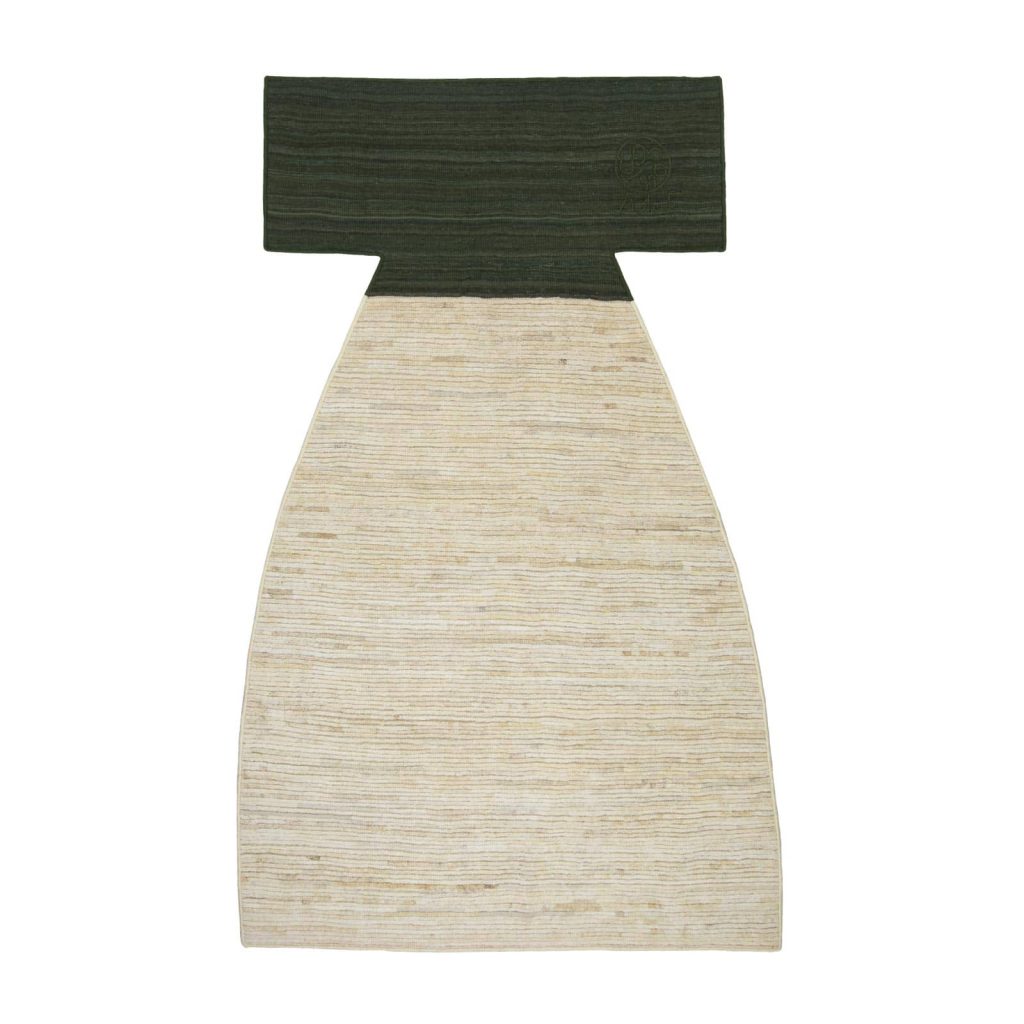
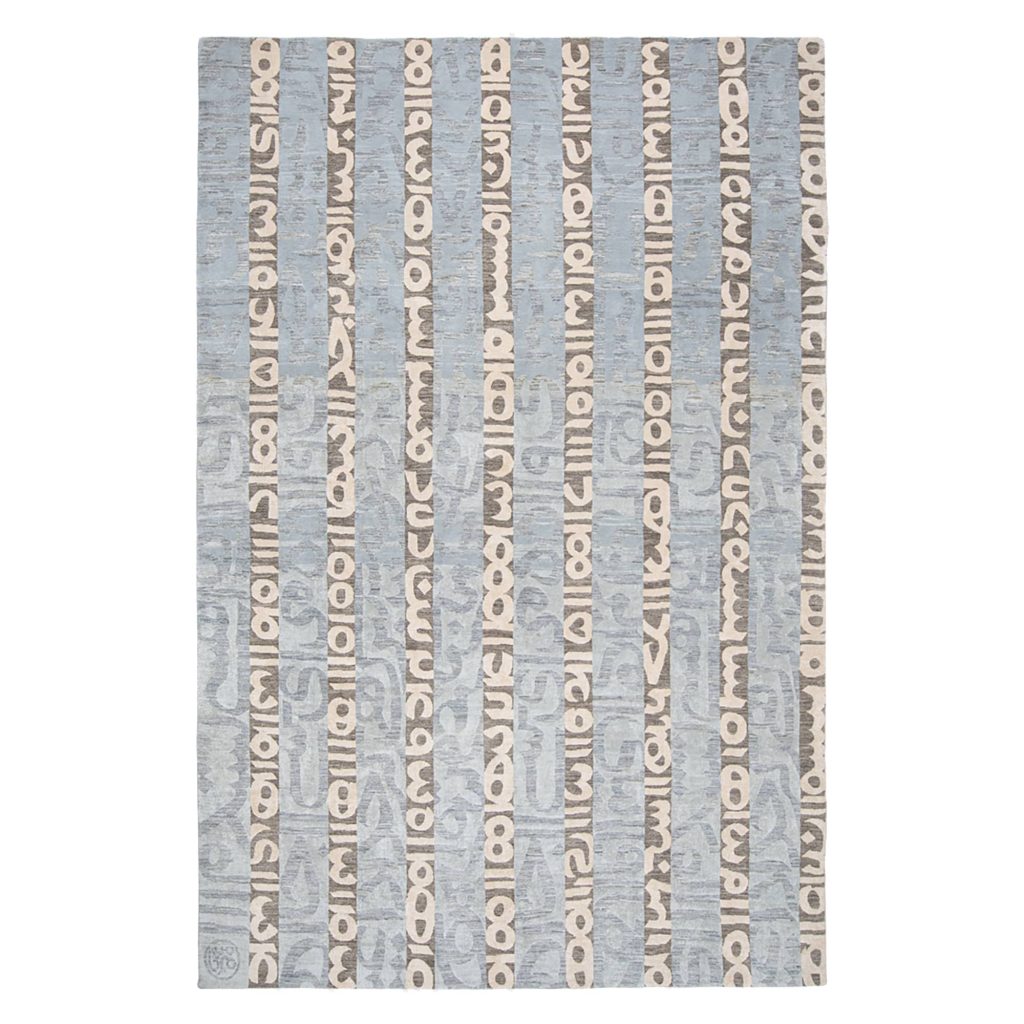

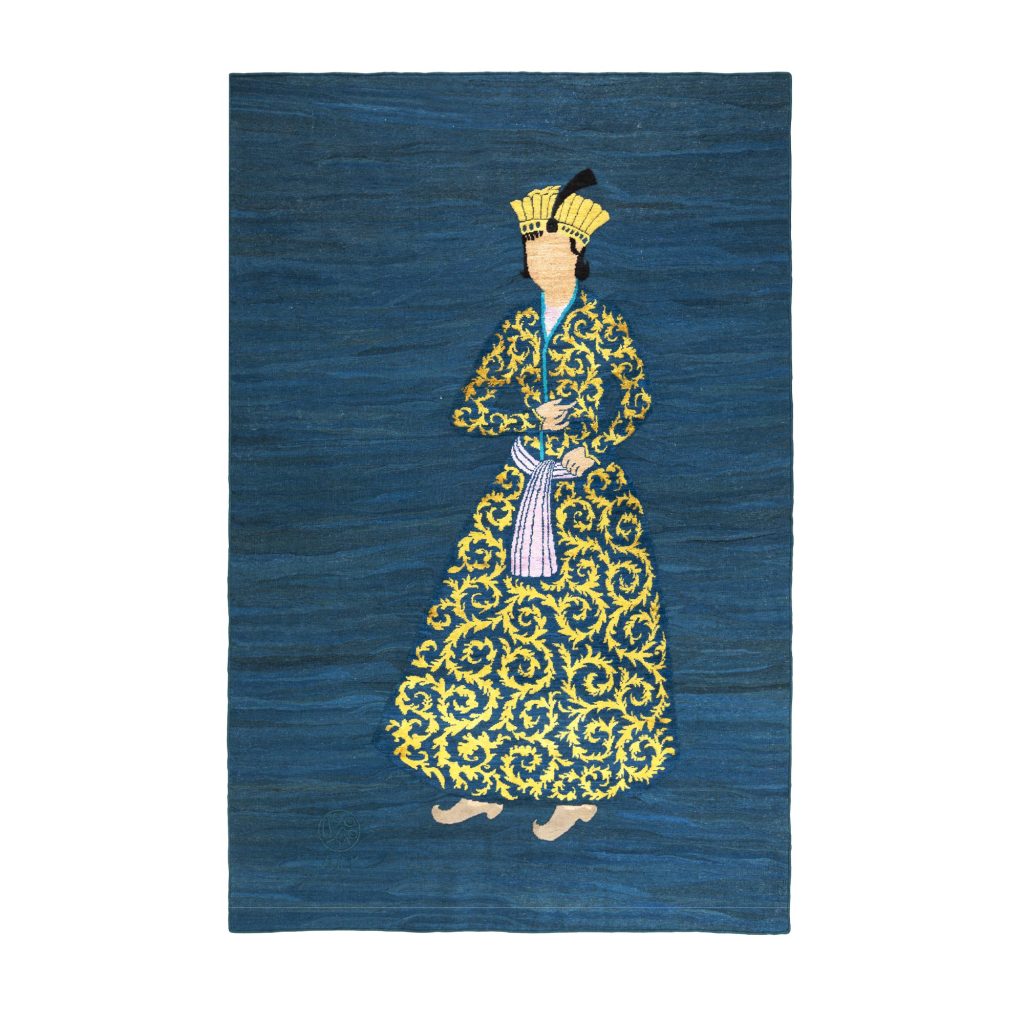
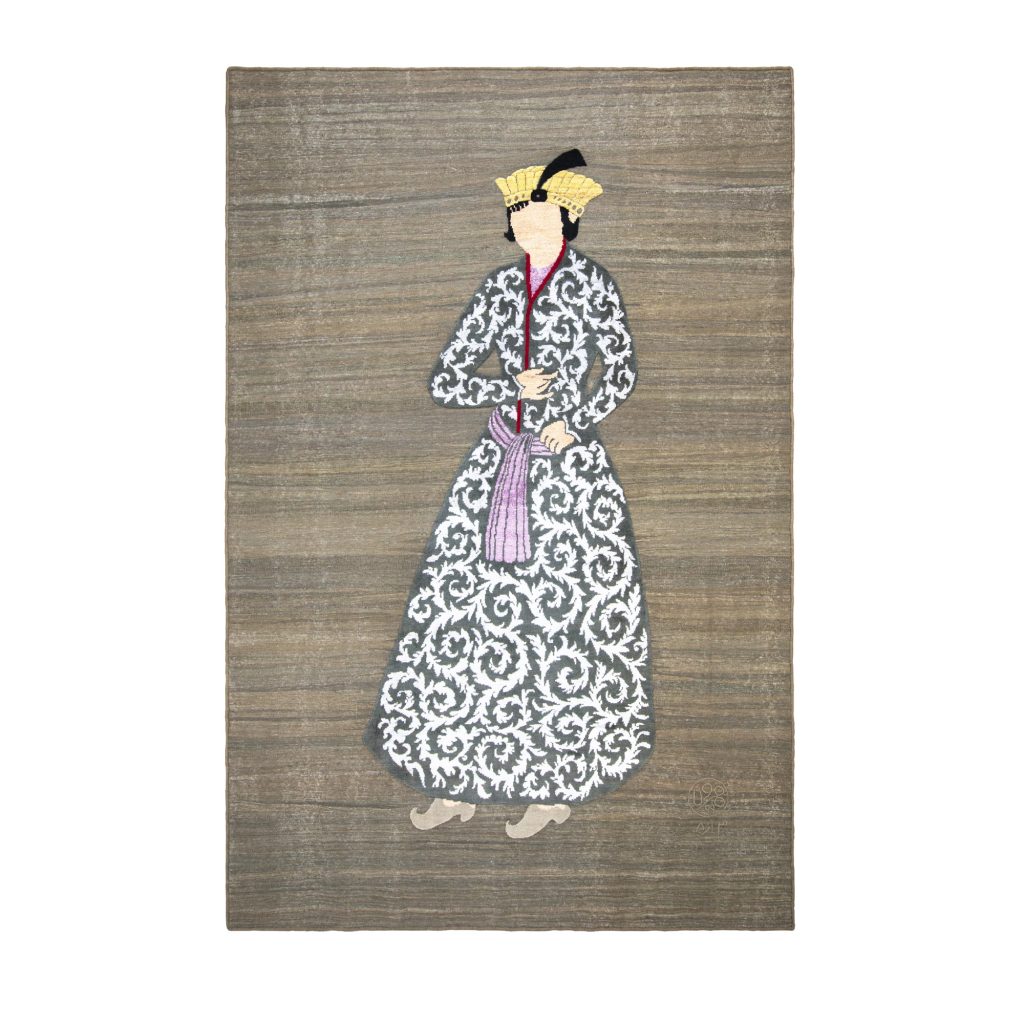

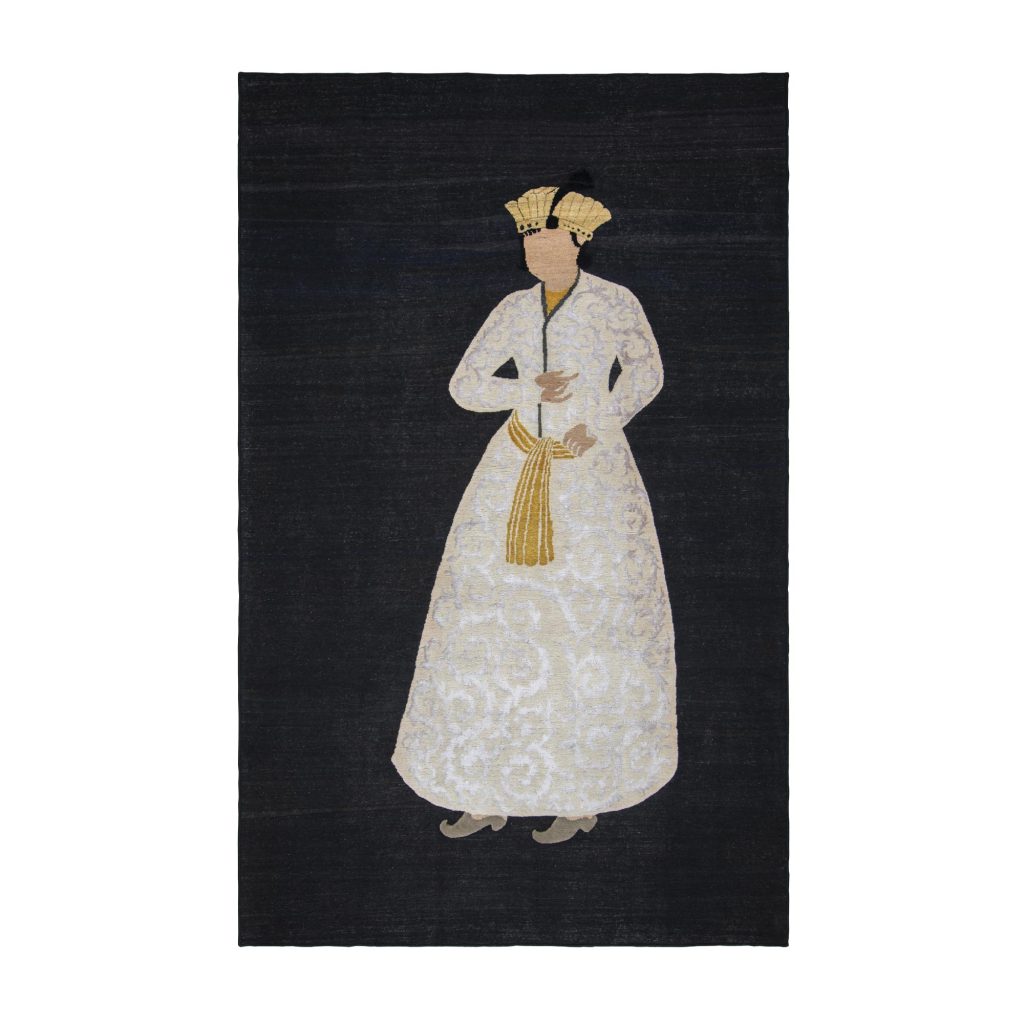
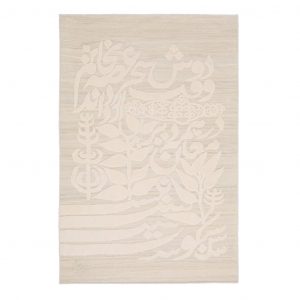
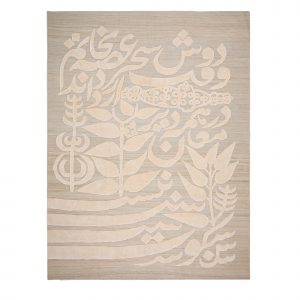
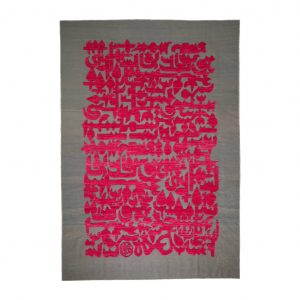


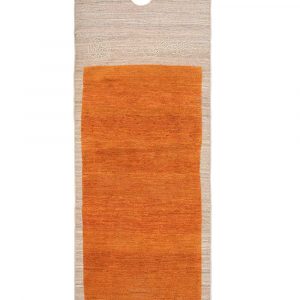
Reviews
There are no reviews yet.